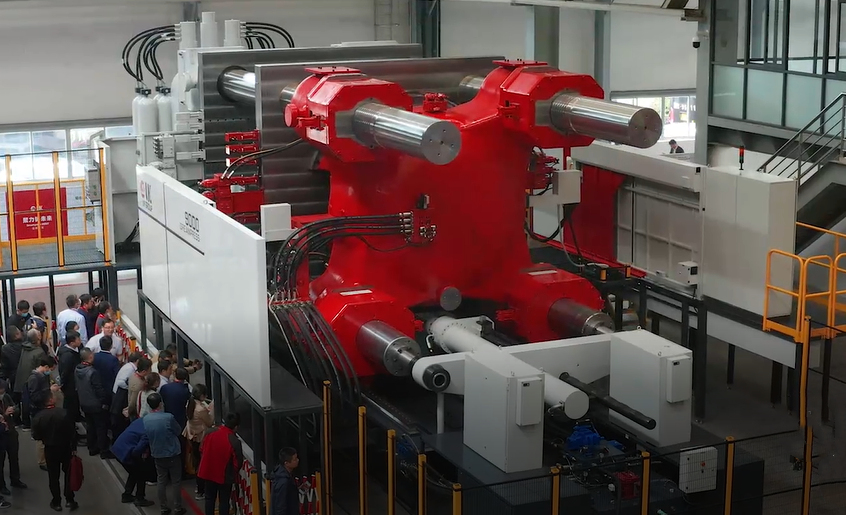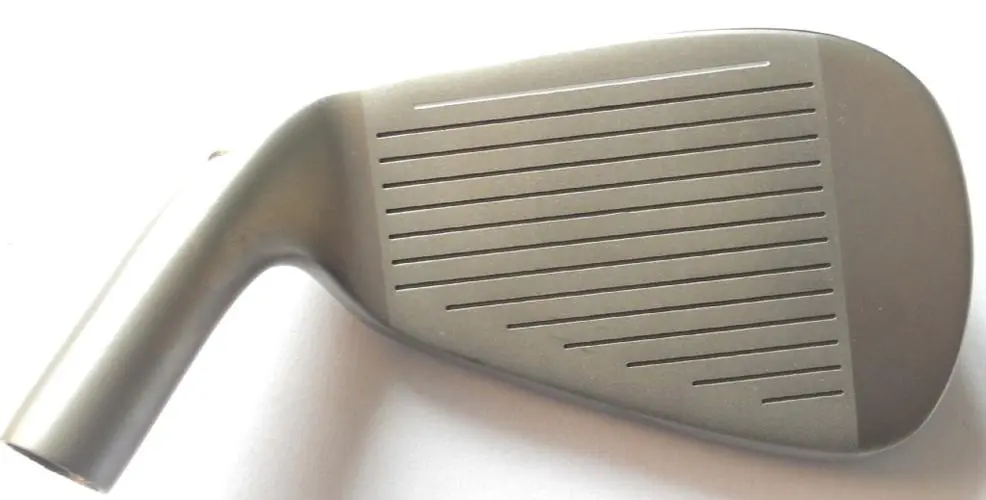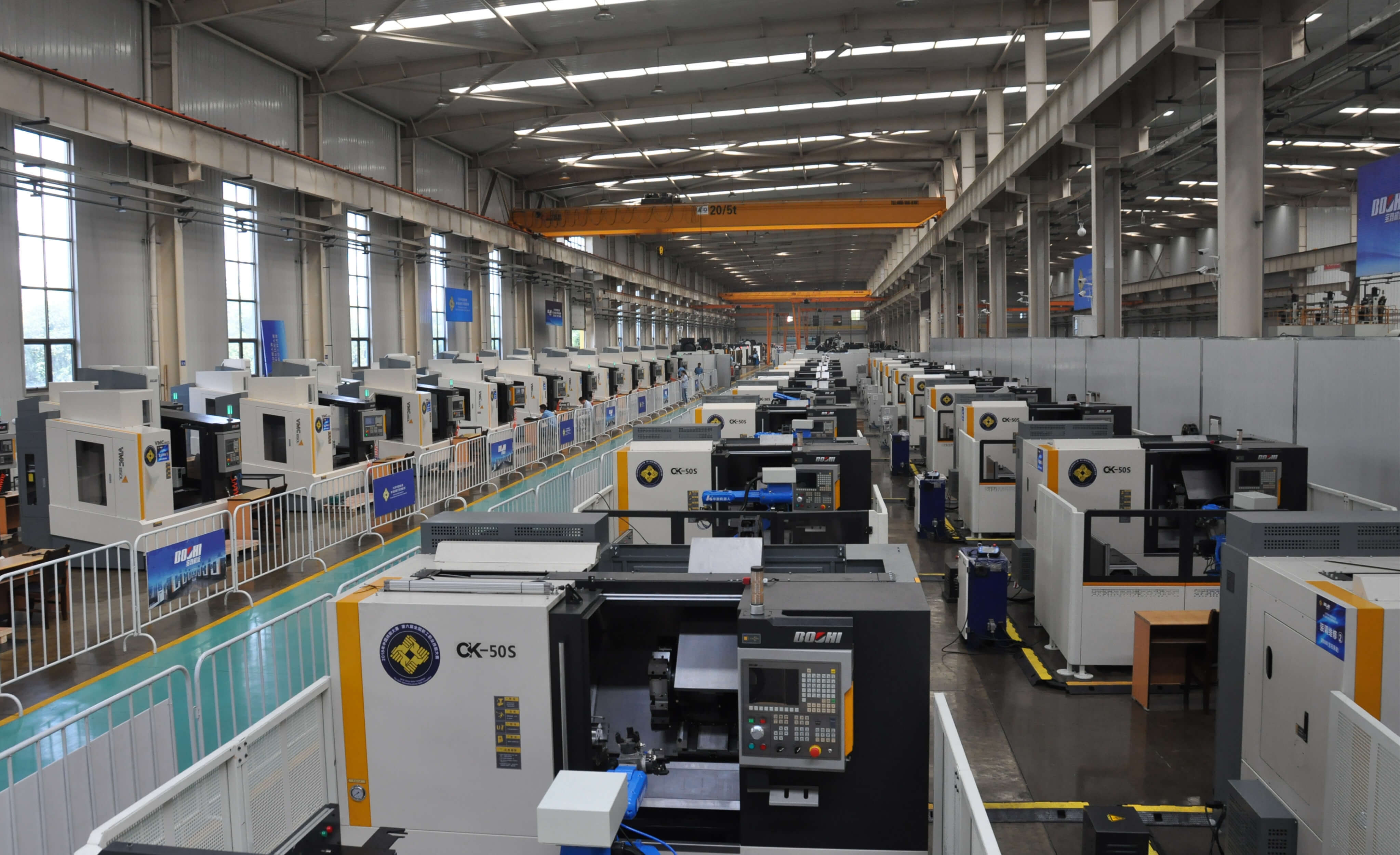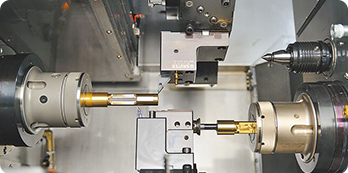3,4,5 Axis of CNC: What’s the Difference?
2024-6-1

What is a 3 Axis Machine?
A 3-axis machine is referred to as the basic and most widely used type of CNC centers, which may be a mill, lathe, turning machine, drill, grinder, router, or any other. The distinct feature of 3-axis machines is having 3 axes known as X, Y, and Z ones, serving the purpose of moving a cutting tool or a workpiece along them while shaping material.
What is a 4 Axis Machine?
A 4-axis machine is an advanced version of a 3-axis one with an added A-axis.A-axis is a rotational one, which enables the repositioning of a workpiece while machining. Based on the time of a machine, it may be capable of removing material while rotating, or only while a workpiece is blocked.It does not make more complex designs as a 3-axes center does, as basically rearranging of a workpiece can be done manually.
What is a 5 Axis Machine?
A 4-axis machine goes beyond improving precision or making it unnecessary to reposition a workpiece than its other side should be shaped. Adding rotations about the X-axis known as B / C axis (clockwise and counterclockwise respectively) boosts the range of designs that can be created with such a CNC center.Deriving from the increased variety of angles, in which a workpiece can be cut, a 5-axis machine can offer additional operations.Milling, turning, routing, and other types of machining can be performed by an advanced CNC center, making it both effective while shaping intricate designs and complicated in preparing and maintenance.
What is the Difference?
Considering a 3-axis CNC machine as a referential model, it is possible to outline key discrepancies between it and 3 and 4 axis automated centers.
The difference between a 3 and 4 axis CNC machine is a more production-focused one. It implies that it affects the capability of a manufacturer to produce higher numbers of components within shorter terms.
The mechanism of action is basically the same for both 3 and 4 axis centers, and the components’ potential complexity is not changed either.
However, due to enabling rotation of a workpiece, there is no need to rearrange its fixed position before designing another side, which is beneficial for production rates.
The principal difference between 3 and 4 and between 3 and 5 axis machines is extra options enabled by the additional dimension.
Despite neither accuracy nor production rates being benefited from the most advanced machine, it makes it possible to create intricate designs, which may be required for some components and parts.
Therefore, while a 4 axis machine increases only the quality and quantity of components produced, the 5-axis one offers to perform additional operations at any angle increasing the range of potential designs.
Summary
Basic 3-axis centers or their simplified versions are widespread and optimal for some cases. They are more affordable, less complex in preparation and maintenance, and suit most necessities of certain manufacturers.
However, more and more enterprises producing components find their standard equipment unit to not be sufficient enough.
4-axis machines can provide more precision and speed up production rates, making large-scale orders manageable. Simultaneously, 5-axis centers are all-in-one solutions offering any intricate designs in exchange for difficulty operating and extra expenses needed.







